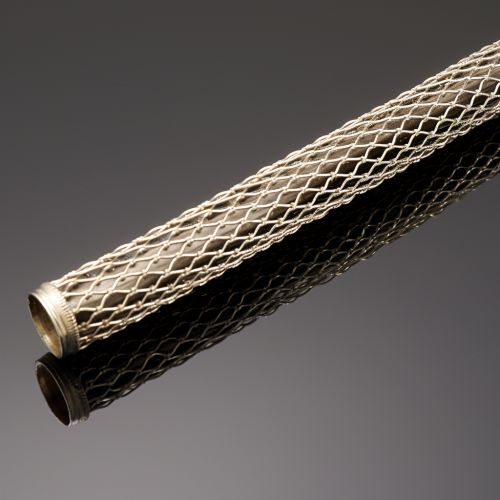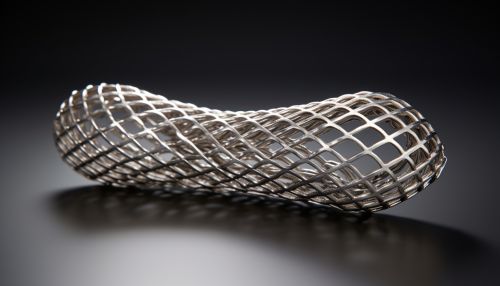Peripheral Stents
Overview
Peripheral stents are small, expandable tubes used in the treatment of peripheral artery disease (PAD). They are designed to open up blocked or narrowed blood vessels, improving blood flow and relieving symptoms associated with PAD. The use of peripheral stents has become a common practice in interventional cardiology and vascular surgery due to their effectiveness and minimally invasive nature.


Anatomy and Physiology
Peripheral stents are primarily used in the treatment of PAD, a condition that affects the blood vessels outside of the heart and brain. PAD typically affects the arteries in the legs, but can also occur in the arms, neck, or kidneys. The condition is characterized by the buildup of atherosclerotic plaques in the arterial walls, leading to narrowing or blockage of the arteries and reduced blood flow.
Types of Peripheral Stents
There are several types of peripheral stents, each designed for use in specific areas of the body or for specific conditions. These include balloon-expandable stents, self-expanding stents, drug-eluting stents, and covered stents.
Balloon-Expandable Stents
Balloon-expandable stents are typically made of stainless steel or another metal alloy. They are mounted on a balloon catheter and expanded by inflating the balloon once the stent is positioned in the desired location within the artery.
Self-Expanding Stents
Self-expanding stents are made from a shape-memory metal alloy, such as nitinol. These stents are compressed onto a delivery catheter and expand to their predetermined size once released from the catheter.
Drug-Eluting Stents
Drug-eluting stents are coated with a medication that is slowly released into the surrounding tissue to help prevent restenosis, or re-narrowing of the artery.
Covered Stents
Covered stents, also known as stent grafts, are coated with a synthetic fabric. They are primarily used in the treatment of aneurysms and to seal off areas of the artery that have been damaged.
Procedure
The procedure for placing a peripheral stent typically involves a minimally invasive technique known as percutaneous transluminal angioplasty (PTA). During PTA, a catheter with a deflated balloon on its tip is threaded through the blood vessels to the site of the blockage. The balloon is then inflated, compressing the plaque against the arterial wall and expanding the artery. A stent is then placed at the site to keep the artery open.
Risks and Complications
While peripheral stenting is generally considered safe, there are potential risks and complications associated with the procedure. These may include infection, bleeding, damage to the blood vessel, restenosis, and stent migration or fracture.
Future Developments
Advancements in peripheral stent technology continue to evolve, with ongoing research focusing on improving stent design, materials, and drug coatings to enhance their effectiveness and reduce complications.
